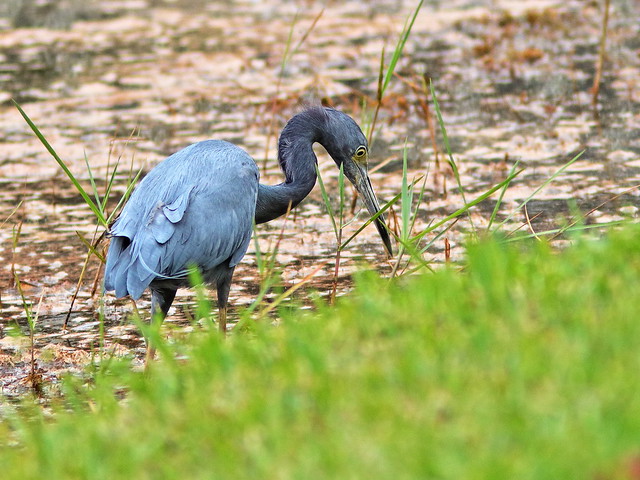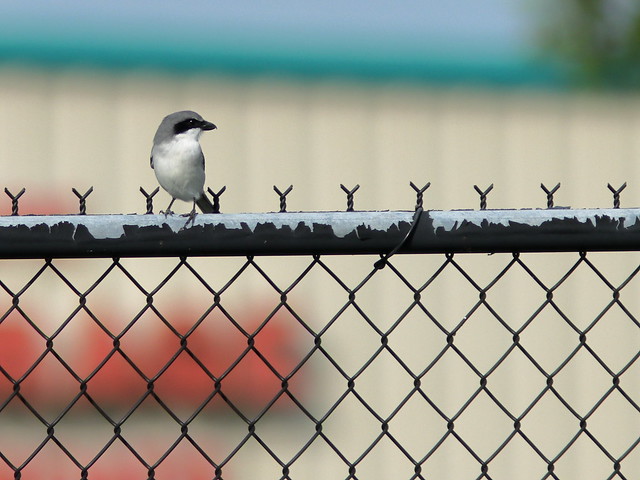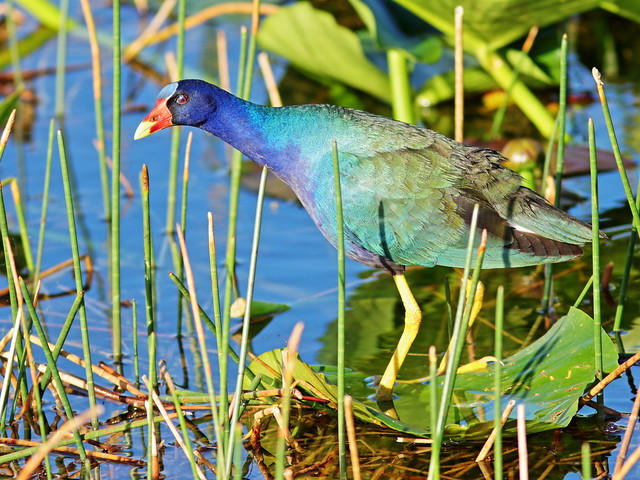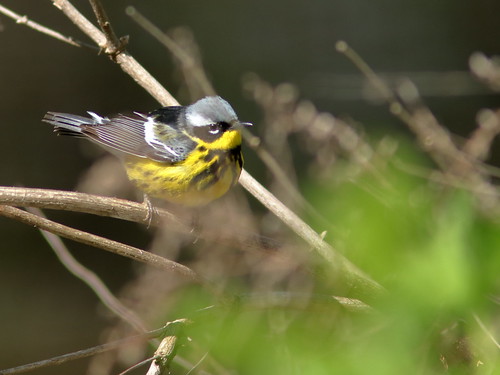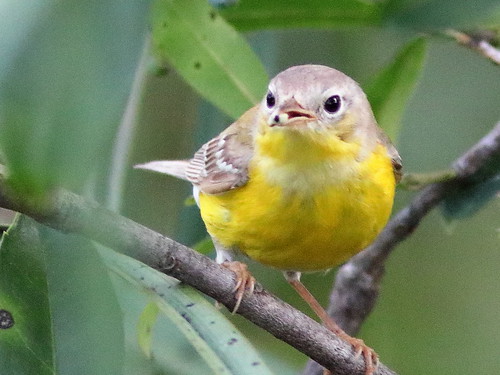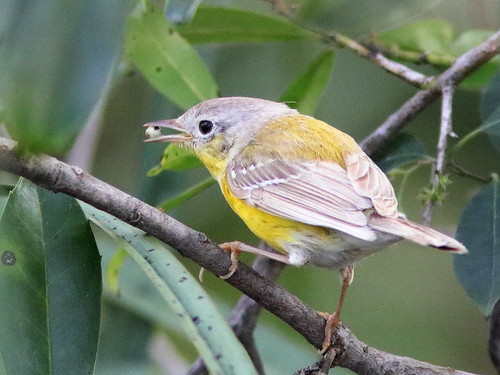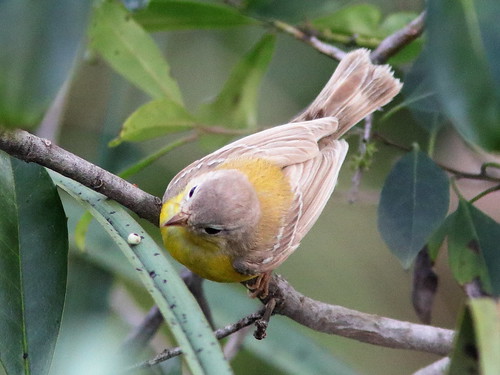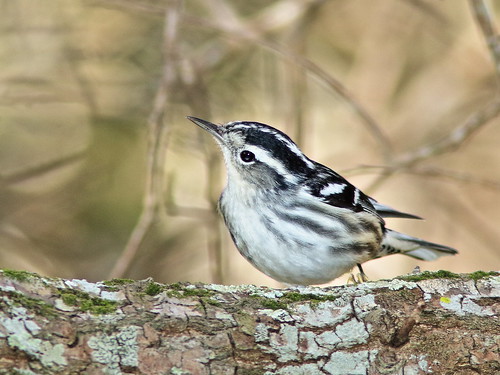It was a week of medical appointments and as much backyard bird watching as possible. As is usual during the first two weeks of November, a Yellow-bellied Sapsucker returned to our West Indies Mahogany tree.
What I cannot understand is that each year it is a new immature sapsucker. A few years I have documented their molt into adult plumage, gradually adding red feathers on head and throat. I expected that each young bird from the previous year would return as an adult.
Over the years the sapsuckers have peppered our tree with sap wells. They clean up old ones and drill new holes. This bird has a hint of yellow on its undersides:
Our Mahogany seems none the worse for all the damage done to its bark. Look closely to see its emerging fruit (actually nut-like drupes which contain large seeds relished by squirrels and jays):
Over twenty adult White Ibises marched together along the shore:
One stopped to preen:
They filed past the "For Sale" sign in our back yard. We just had open house and attracted over 30 family groups, nearly 100 visitors. (We received seven offers to buy, selected one and now have less than a month to move out to Connecticut):
A Little Blue Heron foraged in a shallow spot:
This species has a habit of sitting very still with the tip of its bill nearly touching the water. It seems to be near-sighted:
A Tricolored Heron exhibits its impatient and erratic feeding methods, almost running across in front of me:
It flew diagonally across the lake:
I ventured out for my first visit to nearby Chapel Trail Nature Preserve in over 6 weeks. The Gray-headed Swamphens were quite vocal:
A Great Egret stalked in the sedges, probably looking for insects and reptiles:
Light was poor and a Common Gallinule was far away:
MaryLou spotted a raptor on a distant treetop. This is how it looked through the binoculars. By its shape it was a small falcon:
I increased exposure compensation and was able to see enough detail on the cropped image to identify it as a Merlin:
In the parking lot, a Loggerhead Shrike perched on a fence:
There were pink clouds over our lake early in the evening on November 16:
A bit later the nearly full Beaver Moon emerged from the clouds:
= = = = = = = = = = = = = = =
Linking to:
Fences Around the World
Skywatch Friday
Weekend Reflections
Saturday's Critters
BirdD'Pot
Camera Critters
All Seasons
Wordless Wednesday (on Tuesday)
Natasha Musing
Our World Tuesday
Please visit the links to all these posts to see some excellent photos on display
________________________________________________










